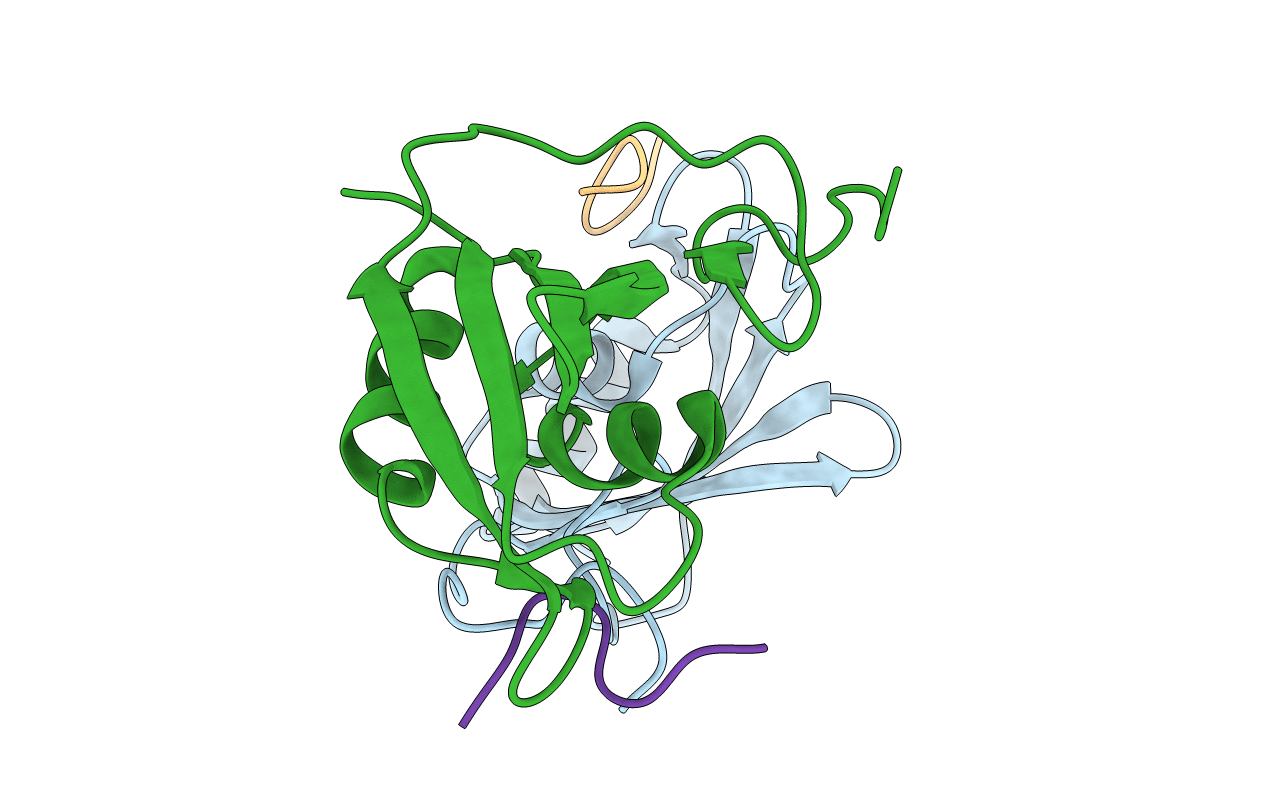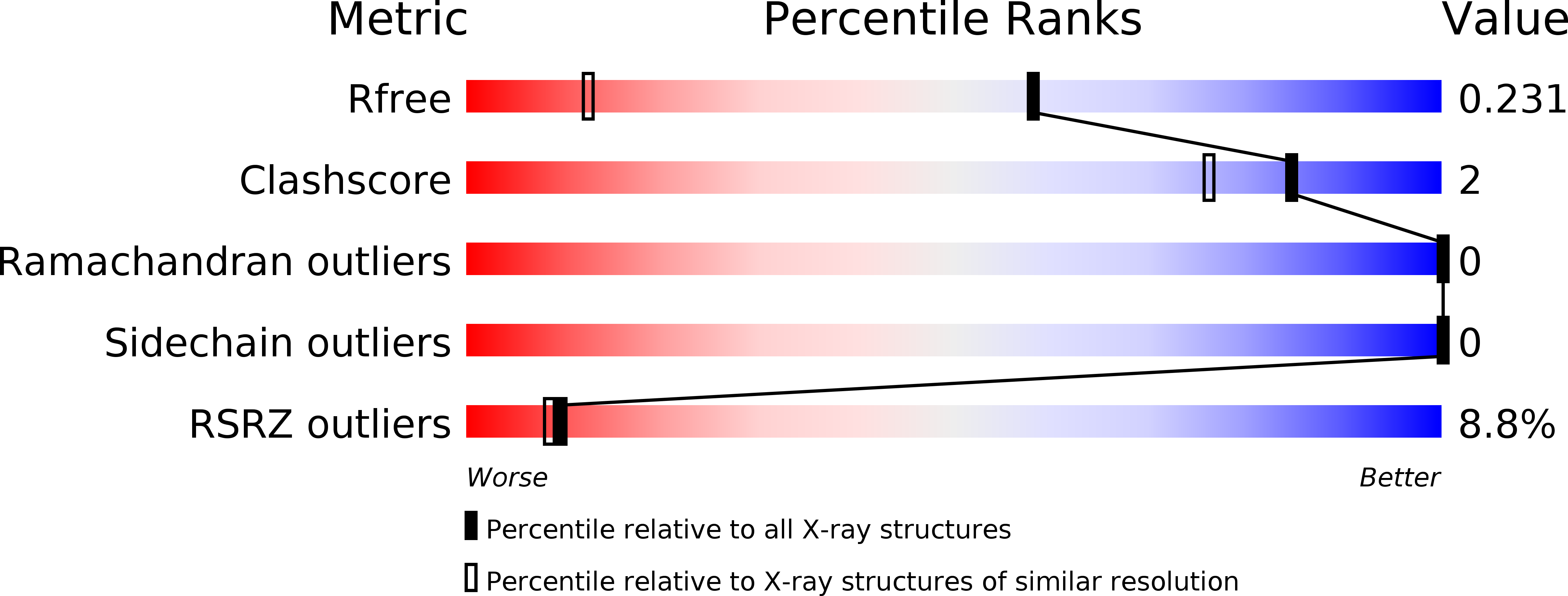
Deposition Date
2011-09-06
Release Date
2011-12-28
Last Version Date
2024-10-23
Entry Detail
PDB ID:
3ZZY
Keywords:
Title:
Crystal structure of a Raver1 PRI3 peptide in complex with polypyrimidine tract binding protein RRM2
Biological Source:
Source Organism:
HOMO SAPIENS (Taxon ID: 9606)
MUS MUSCULUS (Taxon ID: 10090)
MUS MUSCULUS (Taxon ID: 10090)
Host Organism:
Method Details:
Experimental Method:
Resolution:
1.40 Å
R-Value Free:
0.23
R-Value Work:
0.22
R-Value Observed:
0.22
Space Group:
C 1 2 1


